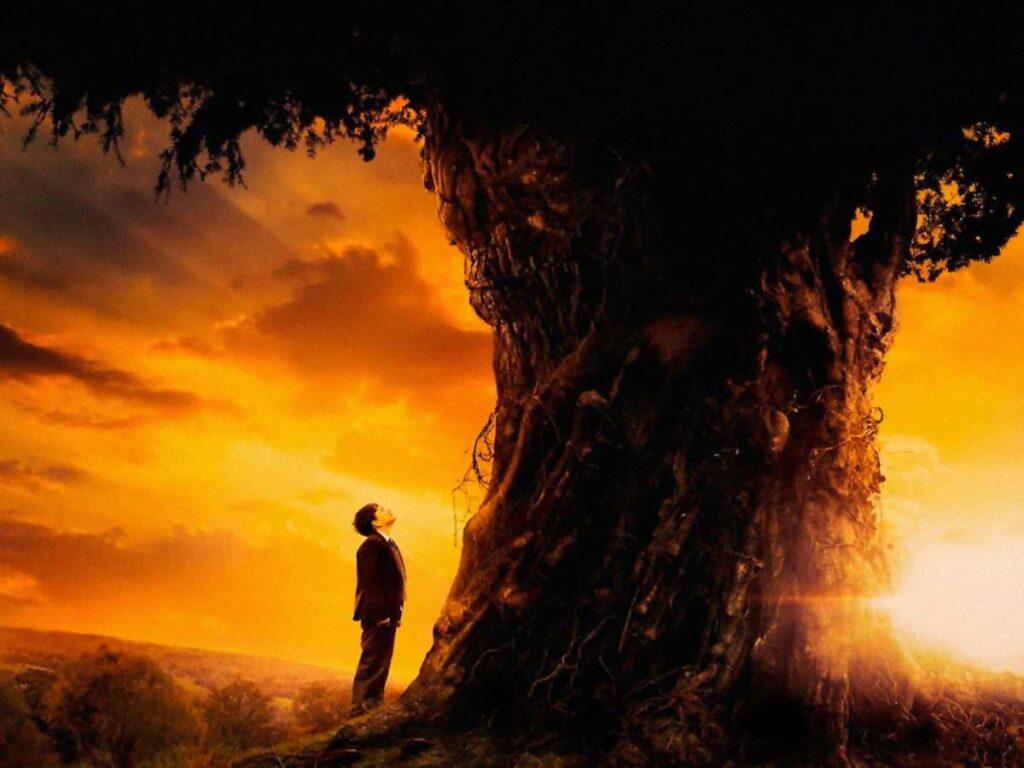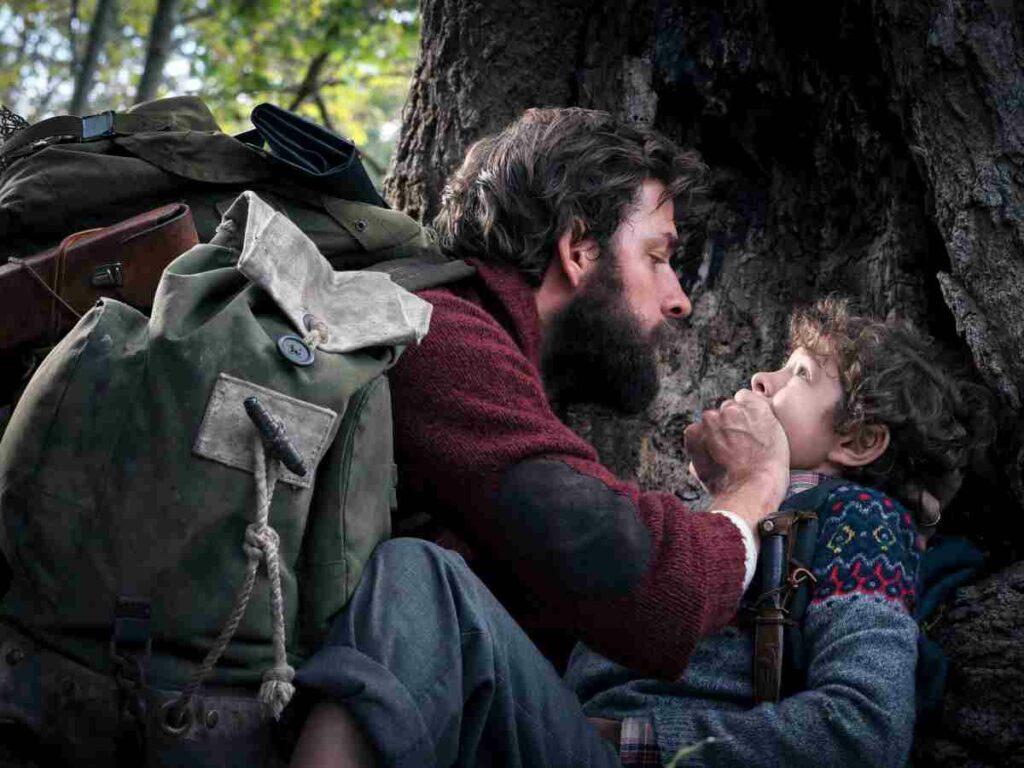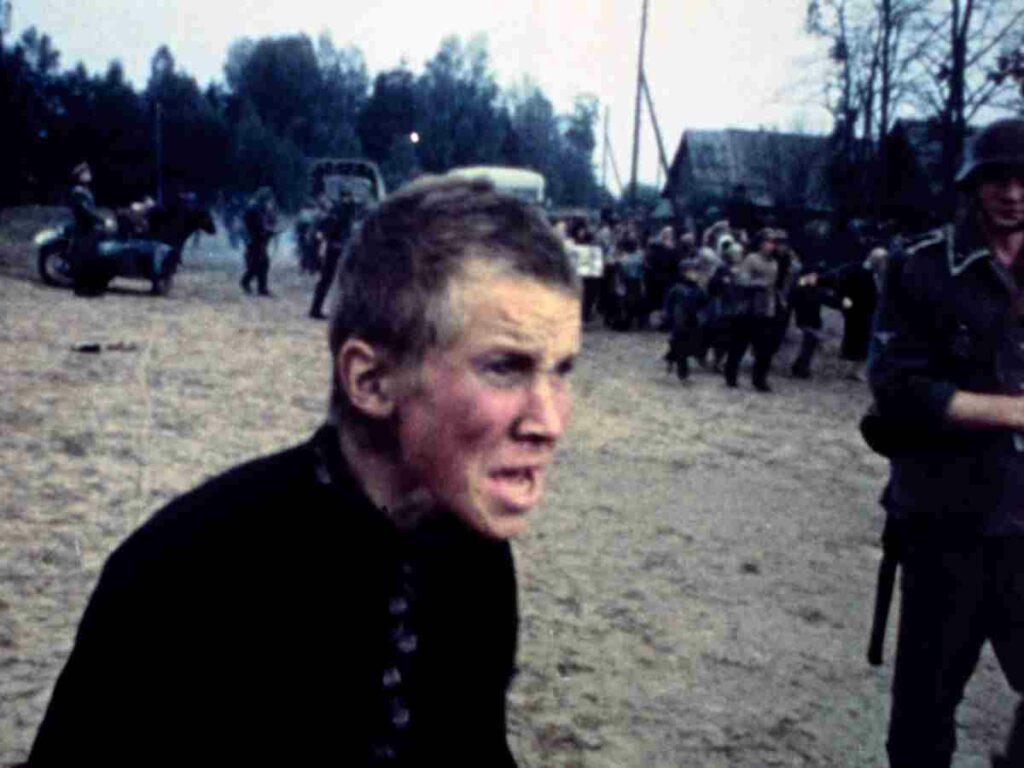The grief shared by mothers and sons and the strength of familial bond are oft-repeated themes in director J.A. Bayona’s films. Plot-wise, there aren’t any common threads between the filmmaker’s brilliant debut feature Orphanage (2007), the tsunami-disaster film The Impossible and his new tear-jerking drama A Monster Calls (2016). Yet, all three are about protagonists coming to terms with the unfair, messy parts of life. We could say Bayona is strongly attracted to fantastical tales firmly rooted in psychological realism.
A Monster Calls was released in a season when there were already two films about pre-teens and their big friendly creatures – Pete’s Dragon and BFG. However, the underlying message about the complexities of human emotions makes it stand out among other similar ‘monster’ fantasies.
It’s based on Patrick Ness’ illustrated novel, who had developed late writer/activist Siobhan Dowd’s storyline. Ness’ novel is particularly low-key when compared to wondrous fables of Lewis Caroll or Roald Dahl. The story also wades a lot into young-adult themes, sensitively handling a boy’s newfound existential dilemmas. It’s a good, brave decision to opt for a film adaptation of the novel.
Unlike most of Hollywood products, A Monster Calls isn’t exactly targeted at a particular audience group. Despite the brilliantly designed ‘monster,’ the themes of irredeemable loss would only resonate with an older crowd. Director Bayona isn’t distracted from the novel’s central core to gratify the young audience. He doesn’t turn Ness’ humane story into a regular Hollywood spectacle.
Bayona’s expressive style eases us into the 12-year-old boy’s point of view. The poetic and poignant impact of the novel is perfectly transitioned through invigorating visuals. He elegantly balances Spielberg’s kinetic pleasures and Guillermo Del Toro’s exciting gothic imagery. The fluid vision in the opening sequence takes us into the protagonist Conor O’ Malley‘s (Lewis MacDougall) universe. When Conor awakens from his nightmare and gazes at the window in the first scene, Bayona deftly conveys the emotions felt: fear and nothingness. From the window, Conor looks at the distant hillside graveyard and church, a giant yew tree occupying its center. Conor‘s source of nightmare and the traumatic grief is interlinked with his mother (Felicity Jones) terminal disease. The schoolyard bullies don’t make Conor‘s life better. But, the boy’s wonderful creative impulse and unaddressed grief brings the yew tree to life.
When the tree-shaped monster is introduced there’s a real sense of fear, unlike the ‘creature’ introductions in other fables. The monster conveys its intentions very soon. The monster will tell three stories and when it has finished, Conor must tell one truthful story, even if it means recalling his worst nightmare. Conor dismisses the tree-monster as the creature of his imagination. Yet, the tree says otherwise and promises that the tales will help him face his life. The small fables the monster narrates are rendered in mesmerizing water-color like digital animation.
The monster’s tales don’t withhold any easy morals. It even frowns upon the boy’s strict moralistic attitude. Conor thinks that the tree is his guardian angel. Most of all, a genie (from Aladdin) summoned to fulfill his desires – to save his mom. But, like the boy we gradually learn that the fire-breathing monster isn’t going to weave any magic. It’s only there to bring out the boy’s emotional honesty. To prepare him for the vital rite of passage. It nudges Conor to take the painful and rough road to self-realization.
The difficult transition phase, from childhood to adulthood, and the power of storytelling are two major themes in the narrative. In childhood, we hear stories that are like binary numbers. There’s a distinct line separating good and evil. The painful truth we come across in adult life is the inadequacy of that binary vision. Still, stories can help us cope with fragility of life. It can show us how all that matters in life is to hold onto positive virtues than succumb to vices. The stories can ease us into the painful truth and maybe even transcend the limitations of adult life. The stories within Conor‘s story add a lot to the poignant tone.
Conor may initially seem frustrated by the monster’s tales, but it provides him the stage to process his contradictory feelings. The reason for Conor‘s frustration could be his failure to understand why stories matter to his life. It all changes with the monster’s third story about an invisible man. In that tale, Conor puts himself in the shoes of the invisible man and finally discovers how stories can launch or shape real emotions. The messy part of life couldn’t be relieved by a single truth, contrary to fairy-tales endings. To cope with adult life means to cope with the painful truth; to cope with ambiguity and complexity. Through simple drama and characters, the script (overtly) ponders over how Conor learns those lessons.
The film’s biggest strength is Bayona’s gorgeous visual design. But Bayona never forgets to instill emotional veracity into his frames. For example, consider the scene towards the end. When Conor embraces his ailing mother as the monster dwells in the background. The CGI doesn’t distract you from feeling the emotional honesty flowing in the frames.
The single most memorable image of the film also comes in the third act. A top-angle shot showing Conor lying at the edge of an abyss in a fractured landscape. The shot works as a perfect visual metonym for the boy’s inner feelings. To put it simply, Bayona meticulously shapes the visuals to serve the story. On the other hand, most of the studio products contort stories for few resplendent images.
Of course, the film is emotionally manipulative. However, that’s not the film’s chief flaw. What I disliked is the occasional attitude to excessively verbalize what the story is exactly about. It may be due to the fear that young audience may not get it. This undercuts some of the nuance Bayona has marshaled into the imagery. Yet, this flaw doesn’t affect your ability to appreciate the film’s emotional truths. In spite of the superb craft at display, it is MacDougall as Conor who provides the touch of magic. His transformation from the wide-eyed kid to a boy of untamed emotions is a wonder to behold. Scene by scene, the boy takes us with him to fully experience the emotional catharsis.
A Monster Calls (110 minutes) is a visually eloquent, tear-jerking fantasy drama about a boy’s transition to adulthood. It provides numerous poignant moments and a very memorable ‘monster.’




